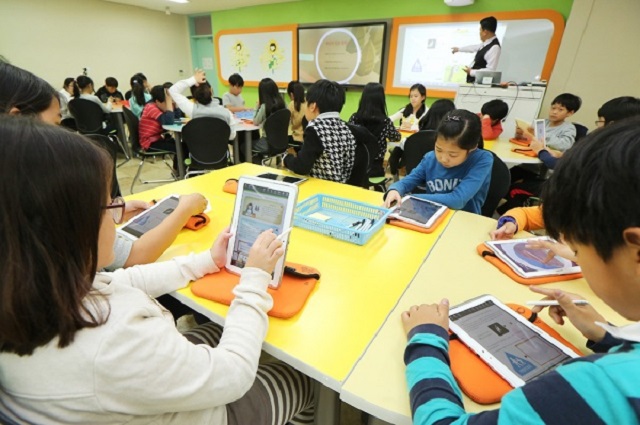SEOUL, March 8 (Korea Bizwire) — The digital literacy capability of South Korean elementary and middle school students improved as the spread of COVID-19 resulted in an increase in non-face-to-face learning through the use of information and communication technology (ICT) and computers.
According to a survey conducted by the Korea Education and Research Information Service (KERIS) of 22,116 elementary and middle school students at 401 schools across the country, the share of middle school students with very good digital literacy competency stood at 20.6 percent, up from 14.9 percent marked in 2019, before the onset of the pandemic.
The share of students with average digital literacy competency rose from 36.5 percent to 46.4 percent. In contrast, the share of those with basic and poor digital literacy competency fell from 25.4 percent and 23.2 percent to 18.2 percent and 14.8 percent, respectively, indicating an overall improvement.
For elementary school students, the share of those with excellent competency rose from 24.8 percent to 26.1 percent and that of those with poor competency slipped from 16.8 percent to 13.8 percent.
Students’ digital literacy level showed a difference by the size of region. In the 2021 study, the average score of elementary school students living in large cities stood at 18 points, higher than 17.16 for small and mid-sized cities and 16.64 points for counties and towns.
The situation was the same with middle school students. The score of those living in large cities averaged 19.19 points, higher than 18.67 points for small and mid-sized cities and 17.8 points for counties and towns.
Students who had their own digital devices, Internet connection and independent space had higher scores than others.
“This study shows that the socio-economic status of households can have an impact not only on students’ academic achievement but also on their digital literacy level,” the KERIS said.
Lina Jang (linajang@koreabizwire.com)







